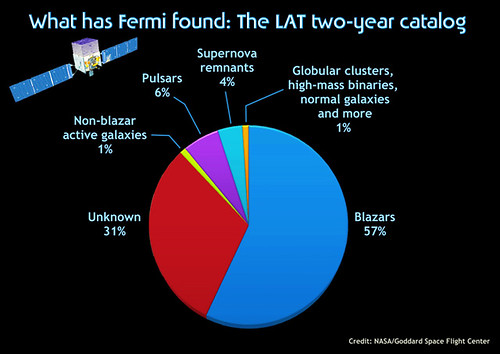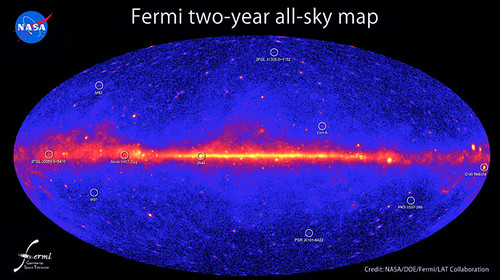Awesomeness Round-Up – 9/14/2011
- By Maggie Masetti
- September 14, 2011
- Comments Off on Awesomeness Round-Up – 9/14/2011
Bill Nye the Science Guy paid a visit to NASA Goddard on Thursday, September 9th, 2011, and while he was here he checked out some James Webb Space Telescope hardware and talked to some of the project’s scientists.
There’s a great Flickr set of photos of his visit – but we thouht this one of him doing something many of us do, a phone self-portrait, was really fun.

Credit: NASA/GSFC/Bill Hrybyk
Here’s another of him with the Webb model:

Credit: NASA/GSFC/Bill Hrybyk
In additional Webb news, all of its mirrors are not only polished, but coated in gold! (This is something that optimizes the mirror for infrared observations.) It’s a microscopically thin coating and completing this on all the mirrors is a big milestone for the project! You can read more at the NASA feature.
Any college professors or undergraduate students out there? NASA is giving undergraduate students the opportunity to fly experiments in microgravity!
For more information on the program and how to propose and experiment, visit the Reduced Gravity Student Flight Opportunities Program website: http://microgravityuniversity.jsc.nasa.gov/

Credit: NASA/ESA/P. Hartigan (Rice University)
How about some Hubble news? New movies created from years of still images collected by NASA’s Hubble Space Telescope provide new details about the stellar birthing process, showing energetic jets of glowing gas ejected from young stars in unprecedented detail. The jets are a byproduct of gas accretion around newly forming stars and shoot off at supersonic speeds of about 100 miles per second in opposite directions through space. These phenomena are providing clues about the final stages of a star’s birth, offering a peek at how our Sun came into existence 4.5 billion years ago.
Hubble’s unique sharpness allows astronomers to see changes in the jets over just a few years’ time. Most astronomical processes change over timescales that are much longer than a human lifetime. Read more at the NASA feature.
Check out these amazing NASA-themed corn mazes!
This is what the Earth and Moon look like from 6 million miles away! The image was captured by NASA’s Juno spacecraft which is bound for Jupiter. You can read a longer caption over at Earth Observatory.

Credit: NASA/JPL-Caltech
The Fermi Gamma-ray Space Telescope just released its second catalog of sources.
Here’s a chart showing the different objects that Fermi has found:
 Credit: NASA’s Goddard Space Flight Center
Credit: NASA’s Goddard Space Flight CenterAnd here is the all-sky map made from two years of Fermi’s gamma-ray observations:
 Credit: NASA/DOE/Fermi LAT Collaboration
Credit: NASA/DOE/Fermi LAT CollaborationWe’ll leave you with this little movie from Bill Nye’s visit to Goddard:


